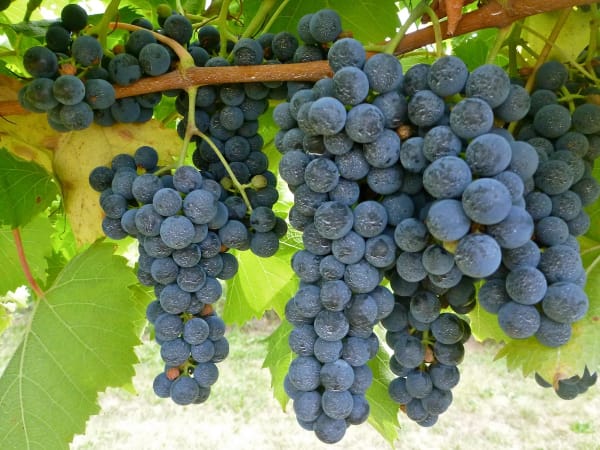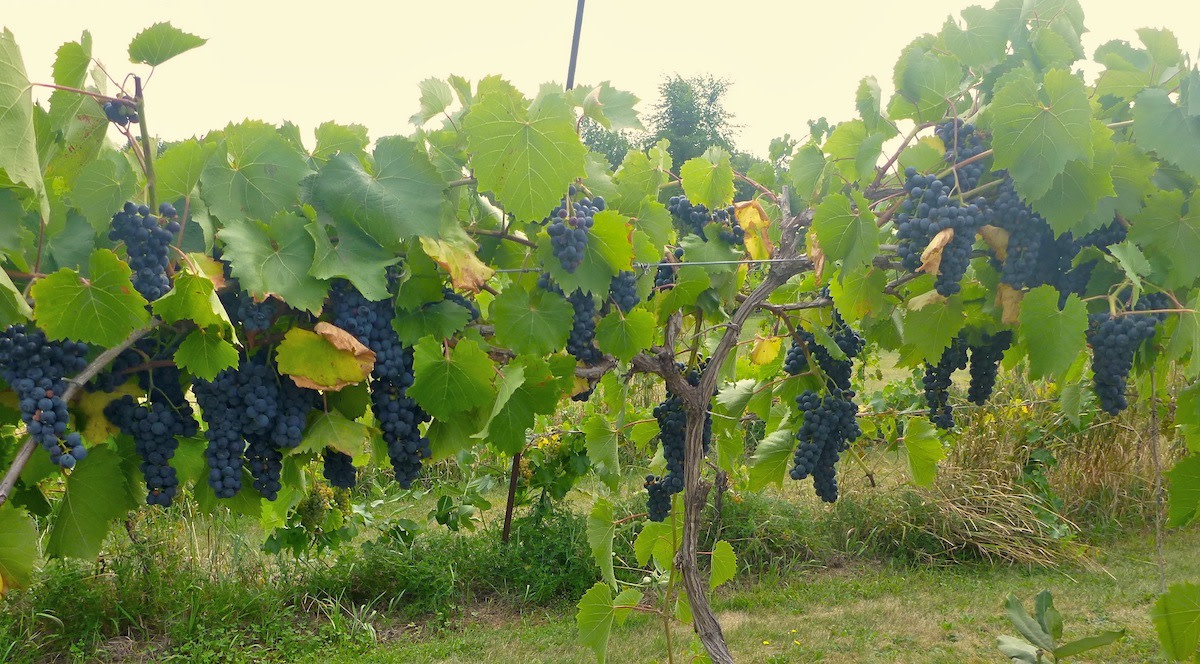A massive rounded shade tree with a short deeply ridged trunk and a fan of branches, the uppermost ascending and the lower drooping. The contrast between the light grey bark and the dark trunk fissures is particularly striking.
Called Swamp White in recognition of its affinity for the wild low wetlands that once peppered eastern North America before the days of the parking lot and the Big Box. Called Bicolor because its large thick leathery lobed leaves have a glossy dark green upper surface and a white to greyish-green hairy felty underside.
Its large 1½" sweet acorns are highly attractive to wildlife, particularly waterfowl, sapsuckers and squirrels. Its yellow to reddish-purple fall foliage persists until spring. Prefers moist acid soils where drainage is poor, but exhibits excellent drought resistance as well. Very fast growing once established. Native to northeastern U.S. Z3. (1-3' bare-root trees)
Items from our perennial plants warehouse ordered on or before March 7 will ship around March 31 through late April, starting with warmer areas and finishing in colder areas. Orders placed after March 7 will ship around late April through early-to-mid May, in the order in which they were received.






